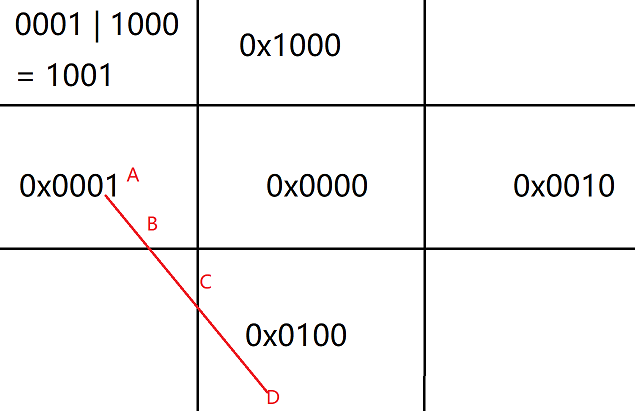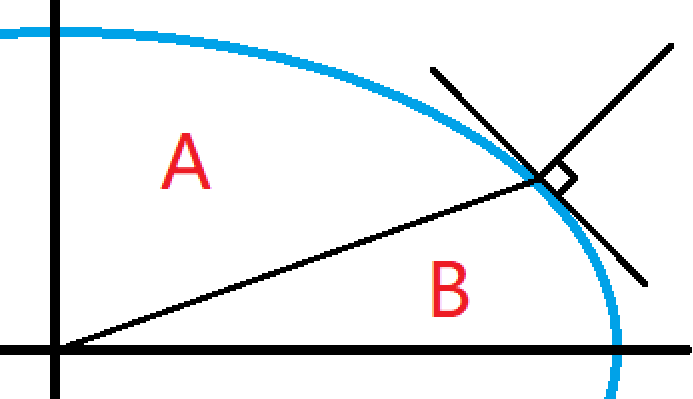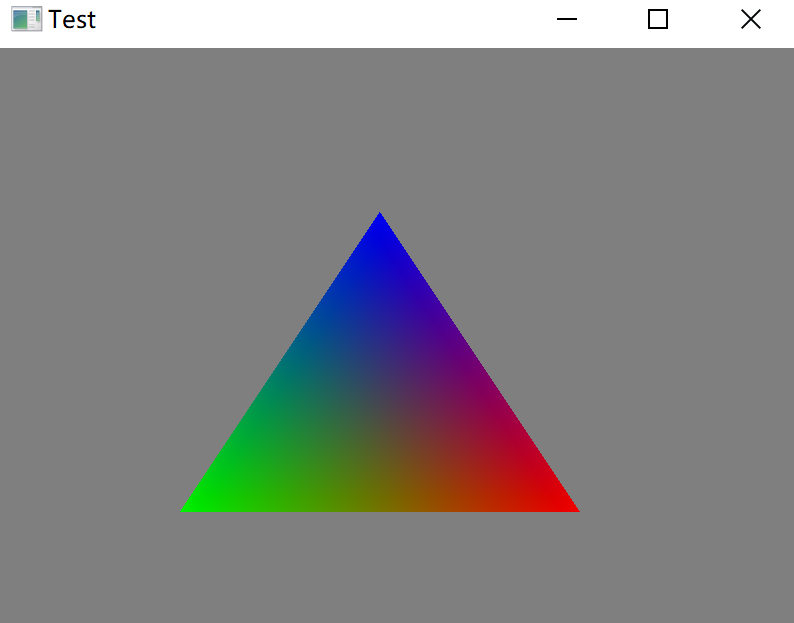1
2
3
4
5
6
7
8
9
10
11
12
13
14
15
16
17
18
19
20
21
22
23
24
25
26
27
28
29
30
31
32
33
34
35
36
37
38
39
40
41
42
43
44
45
46
47
48
49
50
51
52
53
54
55
56
57
58
59
60
61
62
63
64
65
66
67
68
69
70
71
72
73
74
75
76
77
78
79
80
81
82
83
84
85
86
87
88
89
90
91
92
93
94
95
96
97
98
99
100
101
102
103
104
105
106
107
108
109
110
111
112
113
114
115
116
117
118
119
120
121
122
123
124
125
126
127
128
129
130
131
132
133
134
135
136
137
138
139
140
141
142
143
144
145
146
147
148
149
150
151
152
153
154
155
156
157
158
159
160
161
162
163
164
165
166
167
168
169
170
171
172
173
174
175
176
177
178
179
180
181
182
183
184
185
186
187
188
189
190
191
192
193
194
195
196
197
198
199
200
201
202
203
204
205
206
207
208
209
210
211
212
213
214
215
216
217
218
219
220
221
222
223
224
225
226
227
228
229
230
231
232
233
234
235
236
237
238
239
240
241
242
243
244
245
246
247
248
249
250
251
252
253
254
255
256
257
258
259
260
261
| #define GLEW_STATIC
#include <GL/glew.h>
#include <GL/GL.h>
#include <GLFW/glfw3.h>
#include <iostream>
#include <queue>
#include <vector>
#include <algorithm>
#pragma region Setting
static GLFWwindow* window;
const unsigned int SCR_WIDTH = 800;
const unsigned int SCR_HEIGHT = 600;
const unsigned int MAX_COUNT = 800 * 600;
static void InitializeWindow()
{
glfwInit();
glfwWindowHint(GLFW_CONTEXT_VERSION_MAJOR, 3);
glfwWindowHint(GLFW_CONTEXT_VERSION_MINOR, 3);
glfwWindowHint(GLFW_OPENGL_PROFILE, GLFW_OPENGL_CORE_PROFILE);
window = glfwCreateWindow(SCR_WIDTH, SCR_HEIGHT, "Test", NULL, NULL);
glfwMakeContextCurrent(window);
glfwSetFramebufferSizeCallback(window, [](GLFWwindow* window, int width, int height) { glViewport(0, 0, width, height); });
glewExperimental = GL_TRUE;
glewInit();
}
static void ProcessInput(GLFWwindow* window)
{
if (glfwGetKey(window, GLFW_KEY_ESCAPE) == GLFW_PRESS)
glfwSetWindowShouldClose(window, true);
}
#pragma endregion
#pragma region InitializeVertex
static struct point
{
int x, y;
point() : x(0), y(0) {}
point(int _x, int _y) : x(_x), y(_y) {}
};
point inputVertex[MAX_COUNT];
static int inputCount;
static float vertices[MAX_COUNT * 3 * 2];
static unsigned int VAO, VBO;
static unsigned int count = 0;
static void Normalize(float& x, float& y)
{
x = (x - (SCR_WIDTH / 2)) / (SCR_WIDTH / 2);
y = (y - (SCR_HEIGHT / 2)) / (SCR_HEIGHT / 2);
}
template <typename T>
static void Swap(T& a, T& b) { T temp(a); a = b; b = temp; }
static void InputVertex()
{
printf("Count of vertices: ");
std::cin >> inputCount;
printf("Coordinates of vertices:\n");
for (int i = 0; i < inputCount; i++)
{
printf("ID[%d]: ", i);
std::cin >> inputVertex[i].x >> inputVertex[i].y;
}
}
static bool pixelMatrix[SCR_WIDTH][SCR_HEIGHT];
static int dx[] = { 0, 1, 0, -1 };
static int dy[] = { 1, 0, -1, 0 };
static void Bresenham(int x1, int y1, int x2, int y2)
{
bool steep = abs(y2 - y1) > abs(x2 - x1);
if (steep) Swap(x1, y1), Swap(x2, y2);
if (x1 > x2) Swap(x1, x2), Swap(y1, y2);
int dx = x2 - x1, dy = y2 - y1;
int d = -dx;
for (int i = 0, x = x1, y = y1; i <= dx; i++, count++)
{
vertices[count * 3] = !steep ? x : y;
vertices[count * 3 + 1] = !steep ? y : x;
x++;
d += 2 * abs(dy);
if (d > 0) y += (dy > 0 ? 1 : -1), d -= 2 * dx;
}
}
static void SeedFilling()
{
printf("Coordinates of seed:\n");
static point seed;
std::cin >> seed.x >> seed.y;
std::queue <point> q;
q.push(seed);
memset(pixelMatrix, false, sizeof(pixelMatrix));
for (int i = 0; i < inputCount; i++)
Bresenham(inputVertex[i].x, inputVertex[i].y,
inputVertex[(i + 1) % inputCount].x, inputVertex[(i + 1) % inputCount].y);
for (int i = 0; i < count; i++)
{
point u = point((int)vertices[i * 3], (int)vertices[i * 3 + 1]);
pixelMatrix[u.x][u.y] = true;
Normalize(vertices[i * 3], vertices[i * 3 + 1]);
}
while (!q.empty())
{
point u = q.front();
q.pop();
vertices[count * 3] = (float)u.x, vertices[count * 3 + 1] = (float)u.y;
Normalize(vertices[count * 3], vertices[count * 3 + 1]), count++;
for (int i = 0; i < 4; i++)
{
point v = point(u.x + dx[i], u.y + dy[i]);
if (0 <= v.x && v.x < SCR_WIDTH && 0 <= v.y && v.y < SCR_HEIGHT && !pixelMatrix[v.x][v.y])
{
pixelMatrix[v.x][v.y] = true;
q.push(v);
}
}
}
}
static struct edge
{
float x, delX;
int maxY;
edge(float _x, float _delX, int _maxY) : x(_x), delX(_delX), maxY(_maxY) {}
bool operator <(const edge& other) { return x < other.x; }
};
std::vector <edge> E[SCR_HEIGHT];
std::vector <edge> Set;
static void DrawLine(int x0, int x1, int y)
{
for (int i = x0; i <= x1; i++)
{
vertices[count * 3] = i, vertices[count * 3 + 1] = y;
Normalize(vertices[count * 3], vertices[count * 3 + 1]), count++;
}
}
static void Sweep()
{
int MinY = SCR_HEIGHT, MaxY = 0;
for (int i = 0; i < inputCount; i++)
{
point u = point(inputVertex[i].x, inputVertex[i].y);
point v = point(inputVertex[(i + 1) % inputCount].x, inputVertex[(i + 1) % inputCount].y);
if (u.x > v.x) Swap(u, v);
if (u.y > v.y) Swap(u, v);
if (u.y == v.y)
{
DrawLine(u.x, v.x, u.y);
continue;
}
E[u.y].push_back( edge(u.x, (float)(v.x - u.x) / (v.y - u.y), v.y - 1) );
MinY = u.y < MinY ? u.y : MinY;
MaxY = v.y > MaxY ? v.y : MaxY;
}
for (int y = MinY; y <= MaxY; y++)
{
for (auto edge : E[y]) Set.push_back(edge);
E[y].clear();
std::sort(Set.begin(), Set.end());
for (int i = 0, size = Set.size(); i < size; i += 2)
if (i + 1 < size)
DrawLine(Set[i].x, Set[i + 1].x, y);
for (int i = Set.size() - 1; i >= 0; i--)
if (Set[i].maxY == y)
Set.erase(Set.begin() + i);
for (int i = 0, size = Set.size(); i < size; i++)
Set[i].x += Set[i].delX;
}
}
static void InitializeVertex()
{
glGenVertexArrays(1, &VAO);
glGenBuffers(1, &VBO);
glBindVertexArray(VAO);
glBindBuffer(GL_ARRAY_BUFFER, VBO);
glBufferData(GL_ARRAY_BUFFER, sizeof(vertices), vertices, GL_STATIC_DRAW);
glVertexAttribPointer(0, 3, GL_FLOAT, GL_FALSE, 3 * sizeof(float), (void*)0);
glEnableVertexAttribArray(0);
}
#pragma endregion
void Render()
{
glClearColor(0.5, 0.5, 0.5, 1);
glClear(GL_COLOR_BUFFER_BIT);
glBindVertexArray(VAO);
glDrawArrays(GL_POINTS, 0, count);
}
int main()
{
InputVertex();
InitializeWindow();
Sweep();
InitializeVertex();
while (!glfwWindowShouldClose(window))
{
ProcessInput(window);
Render();
glfwSwapBuffers(window);
glfwPollEvents();
}
glfwTerminate();
return 0;
}
|



